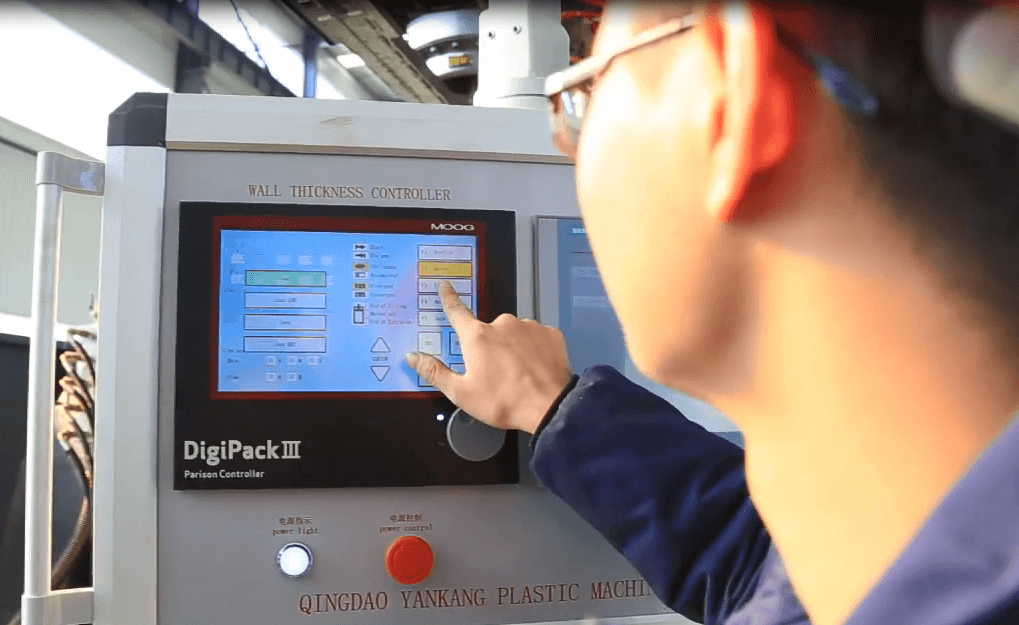When it comes to operating a blow molding machine, proper preparation is key to ensuring optimal performance and product quality. Whether you are a seasoned professional or a novice in the field, adhering to strict preparatory measures is crucial.
In this article, we will delve into the essential steps you must take to prepare your blow molding machine effectively.
1. Inspect and Clean the Machine:
Before firing up the blow molding machine, conduct a thorough inspection of all its components. Check for any signs of wear, damage, or loose parts. Cleaning the machine is equally important to remove dust, debris, or residual materials that may have accumulated during the last operation. A clean machine not only enhances performance but also contributes to the longevity of the equipment.
2. Verify Material Compatibility:
Ensure that the material you intend to use is compatible with the blow molding machine. Different machines are designed for specific types of materials, such as polyethylene, polypropylene, or PVC. Using the wrong material can lead to subpar results and potential damage to the machine.
3. Calibrate Temperature Controls:
Temperature control is critical in blow molding, as it directly influences the quality of the final product. Calibrate the machine’s temperature controls according to the specifications of the material being used. This step is essential for achieving the desired thickness, strength, and appearance of the molded products.

4. Check and Adjust Pressure Settings:
Proper pressure settings are vital for achieving consistent and uniform blow molding results. Check the pressure settings on the machine and adjust them according to the material and product specifications. This step is crucial for preventing defects and ensuring the structural integrity of the molded items.
5. Inspect the Molds:
Examine the molds for any signs of wear, damage, or contamination. Clean the molds thoroughly and, if necessary, apply a release agent to facilitate smooth mold release during the molding process. Properly maintained molds contribute to the production of high-quality, defect-free products.
6. Lubricate Moving Parts:
To prevent friction-related issues and ensure smooth operation, lubricate all moving parts of the blow molding machine. Regular lubrication reduces wear and tear on components, minimizing the risk of breakdowns and extending the machine’s lifespan.
7. Review Safety Procedures:
Safety should always be a top priority when operating industrial machinery. Before starting the blow molding machine, review and reinforce safety procedures with all personnel involved. Ensure that emergency stop buttons are functional, and all safety guards are in place to prevent accidents during operation.
Proper preparation is the cornerstone of successful blow molding operations. By following these essential steps, you can enhance the efficiency, reliability, and safety of your blow molding machine.
Whether you’re a seasoned professional or a newcomer to the industry, investing time in meticulous preparation will undoubtedly pay off in the form of high-quality molded products and prolonged machine life.
